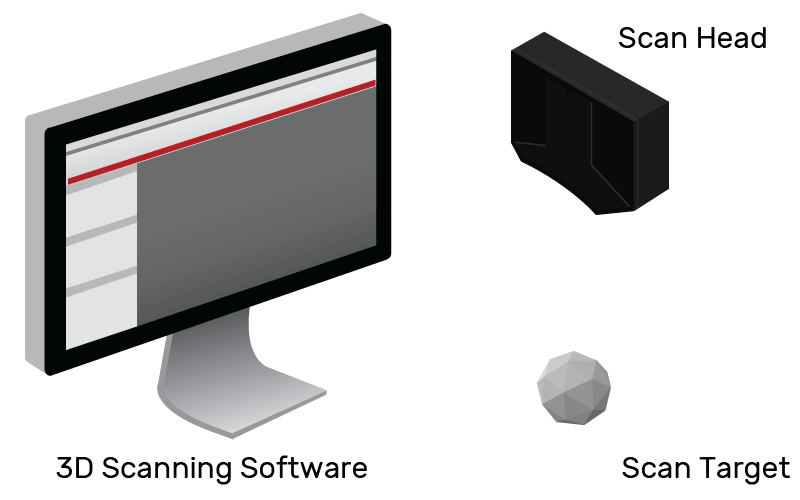3D printed objects are definitely strong enough to withstand a great amount of impact and heat. But take note that it varies on the type of material used. Most materials in
3D printing are plastics, however, not all types of plastics are created equal. Some are much stronger and more durable than others.
The common plastic materials used are ABS and PLA. ABS tends to be more durable, but has a much lower tensile strength than PLA.
Here's the thing: If 3D printed objects are not strong enough, they would not be considered as an alternative for many supplies and materials, right? They are not as strong as metals but there is an efficient strategy you can do to increase the overall strength of a 3D printed item.
It basically depends on the design process. You can manipulate the infill, wall thickness, and the number of walls of an object to make it stronger and more durable. However, it is best to ask the opinion of the experts on the maximum level of each area to make sure you get what you need.
Read: Your Guide to Choosing the Ideal 3D Printing Materials

